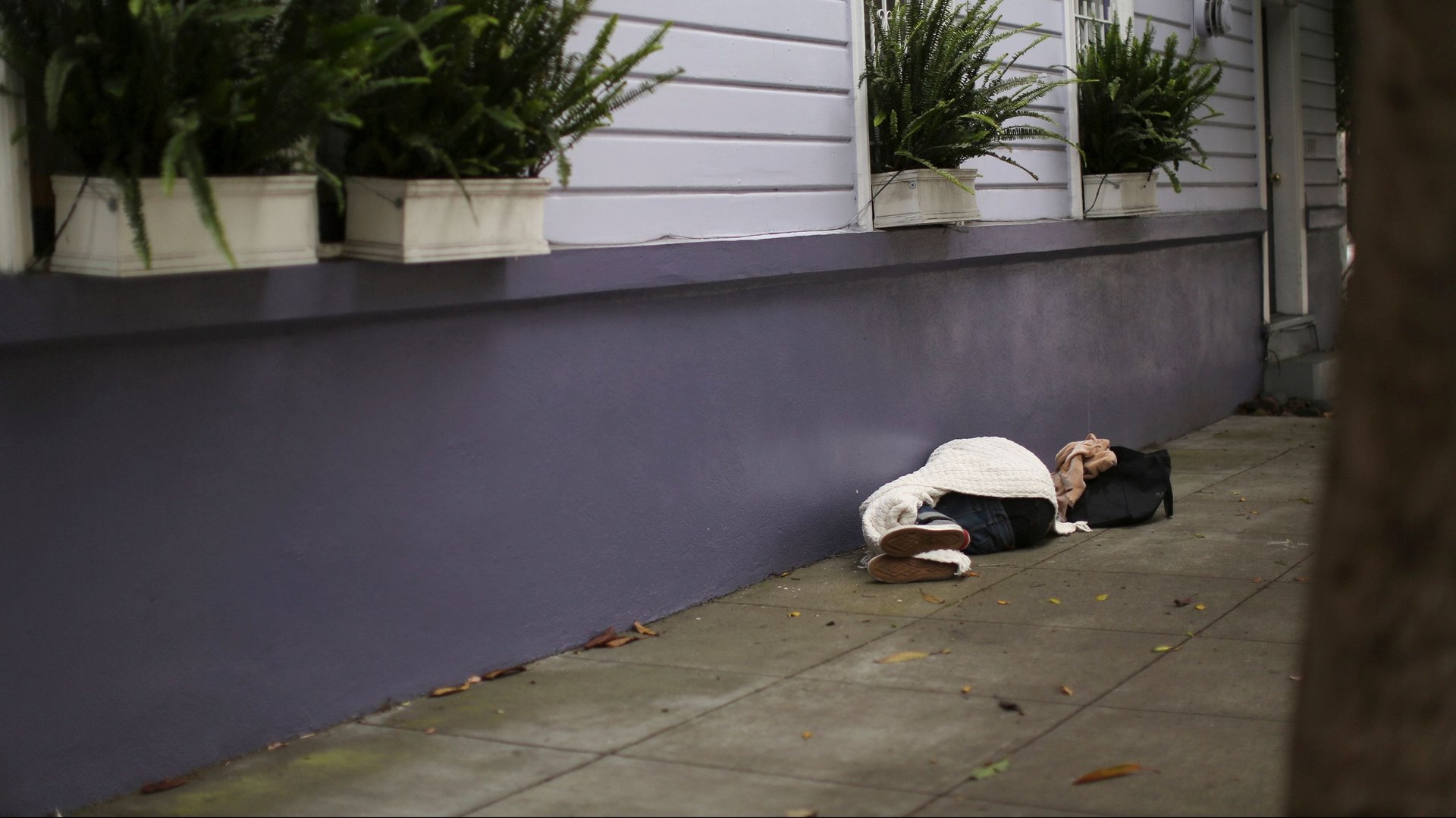Four out of every five San Francisco homes now cost more than $1 million
A truism of American politics is that California has its own values. That goes for real estate too, it turns out. Across the US, fewer than four out of every 100 homes are worth more than $1 million—compared with four out of every five in San Francisco. That’s according to analysis by Trulia, an online residential property platform.


A truism of American politics is that California has its own values. That goes for real estate too, it turns out. Across the US, fewer than four out of every 100 homes are worth more than $1 million—compared with four out of every five in San Francisco. That’s according to analysis by Trulia, an online residential property platform.
Awash in venture capital and the profits of tech companies like Google and Facebook, the Bay Area is, unsurprisingly, the epicenter of excessively expensive homes. (Seattle, the home of Amazon, also makes the top 10.)
To be fair, it’s not just the Bay Area. However, of the metro areas with the highest concentration of million-dollar homes, the top three are in northern California. These cities are also the metro areas where prices have grown the most since 2012.
Similar to the divide that’s opened up between the Bay Area and the rest of the country, in the cities themselves the gap between housing costs and wages continues to widen.
Supply is one factor. California ranks 49th out of 50 US states in housing units per capita, according to a 2016 McKinsey report (pdf, p. 6), leaving it around 2 million units short of what it needs to meet demand. This is in part because zoning requirements, regulatory complexity, and terrain limit the building of new homes.
Another culprit is the state’s notorious Proposition 13, the 1978 rule that pegs property taxes to the value of a house when it was purchased. The rationale was, in part, a laudable one: to prevent rising home values from pushing up tax obligations, forcing people to sell their homes. However, the other goal, to force government spending to shrink, backfired massively. Local governments don’t need any less funding than before. Since sales taxes bring in more steady revenue than property taxes, the law encourages local governments (paywall) to push for land to be used for retail instead of housing.
Prop 13 exacerbates that distortion by stifling turnover. The longer a resident owns their home, the lower, relatively speaking, their property tax payments will tend to be—even more so when market prices are rising fast. So many homeowners never sell, and tight supply pushes market prices to the astronomical heights charted by Trulia.
Demand squeezes residents from the other side—particularly in northern California. The boom in high-paid tech workers has driven up the cost of living for everyone else. With such a dearth of cheaper housing in the Bay Area, rents now reach freakish sums, pushing out poorer families. A recent study found that three-quarters of poor black San Franciscans forced to move left the Bay Area entirely (pdf). In the absence of affordable shelter, homelessness has hit crisis proportions.
However, middle-class families have been hammered, too. For instance, median asking rent in San Mateo County is $3,395. That’s around 60% of the average monthly salary of the county’s public schoolteachers. In order to pay a fairly standard 30% of their income on rent, a worker would need to make $65.29 an hour—around six times California’s minimum wage. In three northern California counties, a four-person household that makes $117,000 or less annually now qualifies officially as poor. (That compares with $83,500 in New York City.)
One reason is that Prop 13 also contributes to artificially high living costs. Unable to rely on property taxes, local governments crank up taxes on other services and transactions, foisting the cost burden disproportionately onto non-owners.
The results of Tuesday’s midterm elections hint at how conflicted Californians are about addressing these problems. The state’s voters rejected a rent control measure and, in some cities, shot down bond issues (paywall) for affordable housing. However, two state-level affordable-housing bond measures passed (paywall). The state picked a governor—former San Francisco mayor Gavin Newsom—who aims to build 3.5 million new housing units by 2025. An expansion of Proposition 13 was also on the ballot, but voters opted against it—a sign, maybe, that California values may eventually give way to change.